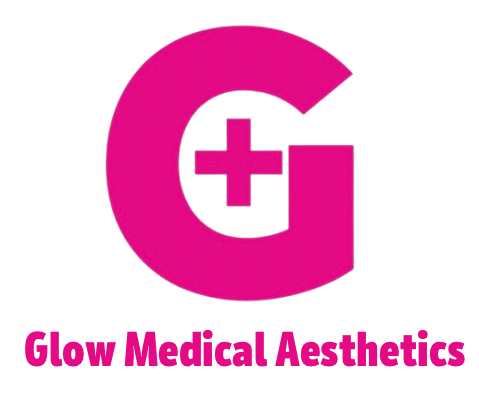Last month I was fortunate to attend an aesthetic conference and was able to participate in a facial dissection lab. This was a great refresher as my last dissection lab was in college for my undergraduate studies.
We were able to inject fillers that we commonly use and then dissect to make sure they made it where we wanted them to go. This is not something I can do with my live patients. They protest! It was great reinforcement of the use of proper techniques and a pat on the back that filler was going where I wanted it to. Plus getting to actually see REAL anatomy versus a computer-generated or cartoon rendering was fabulous.
Why does anatomy matter? First and foremost, safety! Fillers are one of my favorite things. They can do so much to combat aging, correct facial traumas, or create contours some of us just weren’t born with. But in the wrong place they can wreak havoc. They can look bad, perform poorly, or cause complications. Knowing the anatomy of the area you are working in helps to reduce risks (it does not eliminate them). Knowing as best you can where vessels are lowers the risk of injecting into them (it does not eliminate the risk of it fully). Secondly, it helps you get a better end result! Knowing where bones are allows for better contouring and use of fillers. Knowing the muscle insertions, angles, and function helps with better placement and dosing of neuromodulators (Botox & Dysport).
Everyone has essentially the same anatomy but the expression of that anatomy varies widely from face to face. Knowing it helps us injectors better use your own natural structure and shape to your advantage from an aging and aesthetic standpoint.
I am thankful that an individual donated their body to science so I could learn. I appreciate the opportunity to learn anatomy hands on. I guarantee my patients are happy too!

